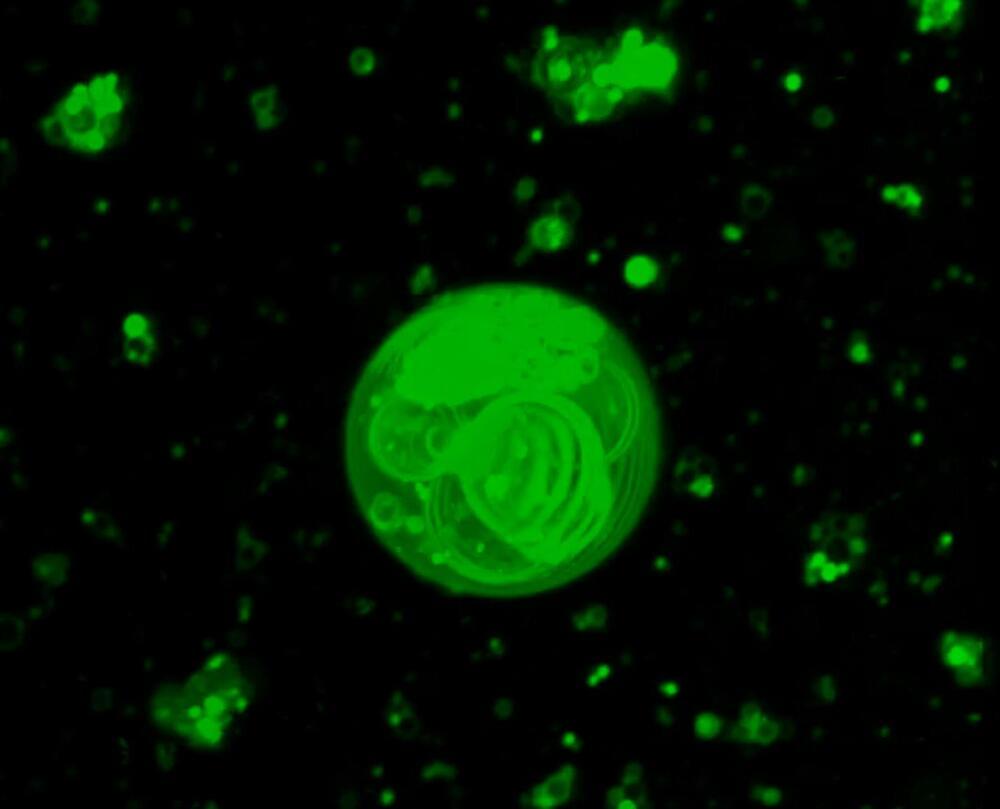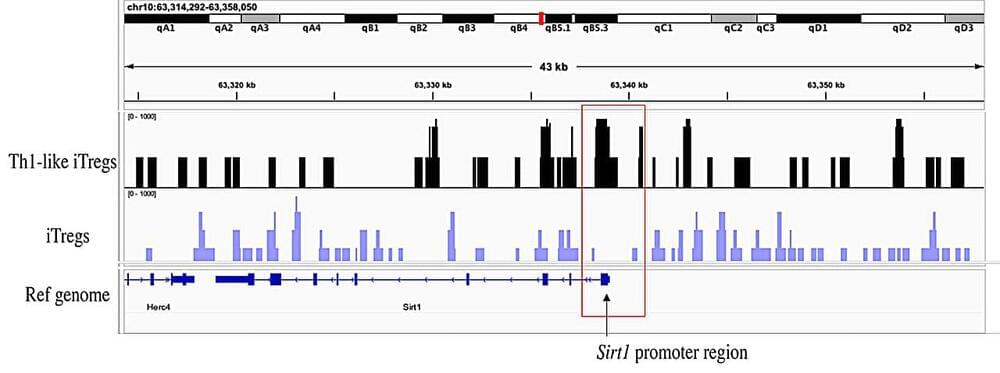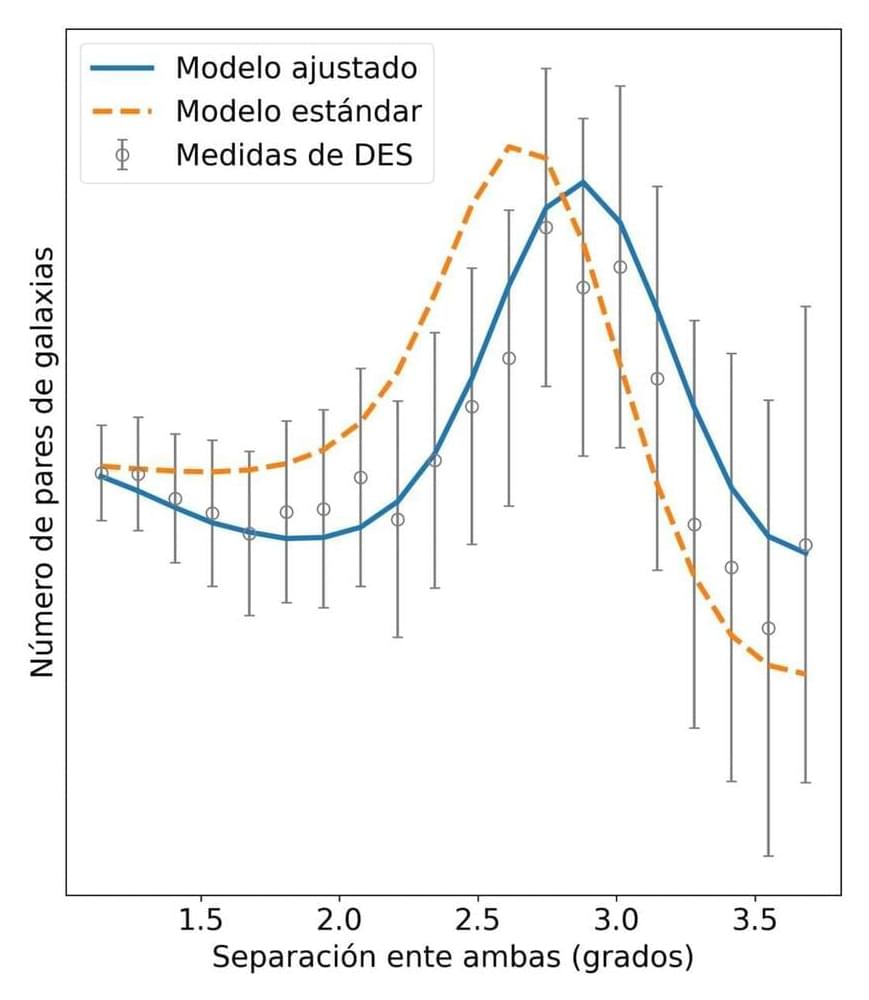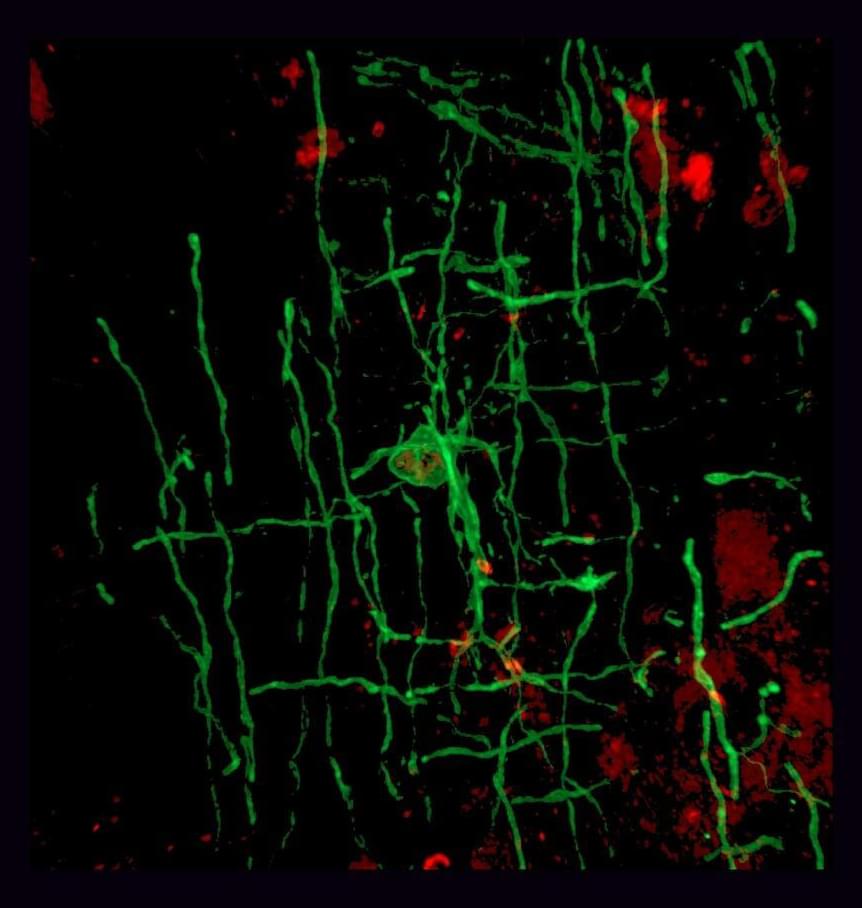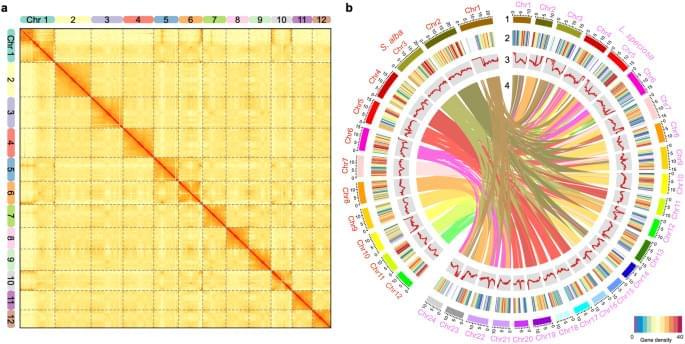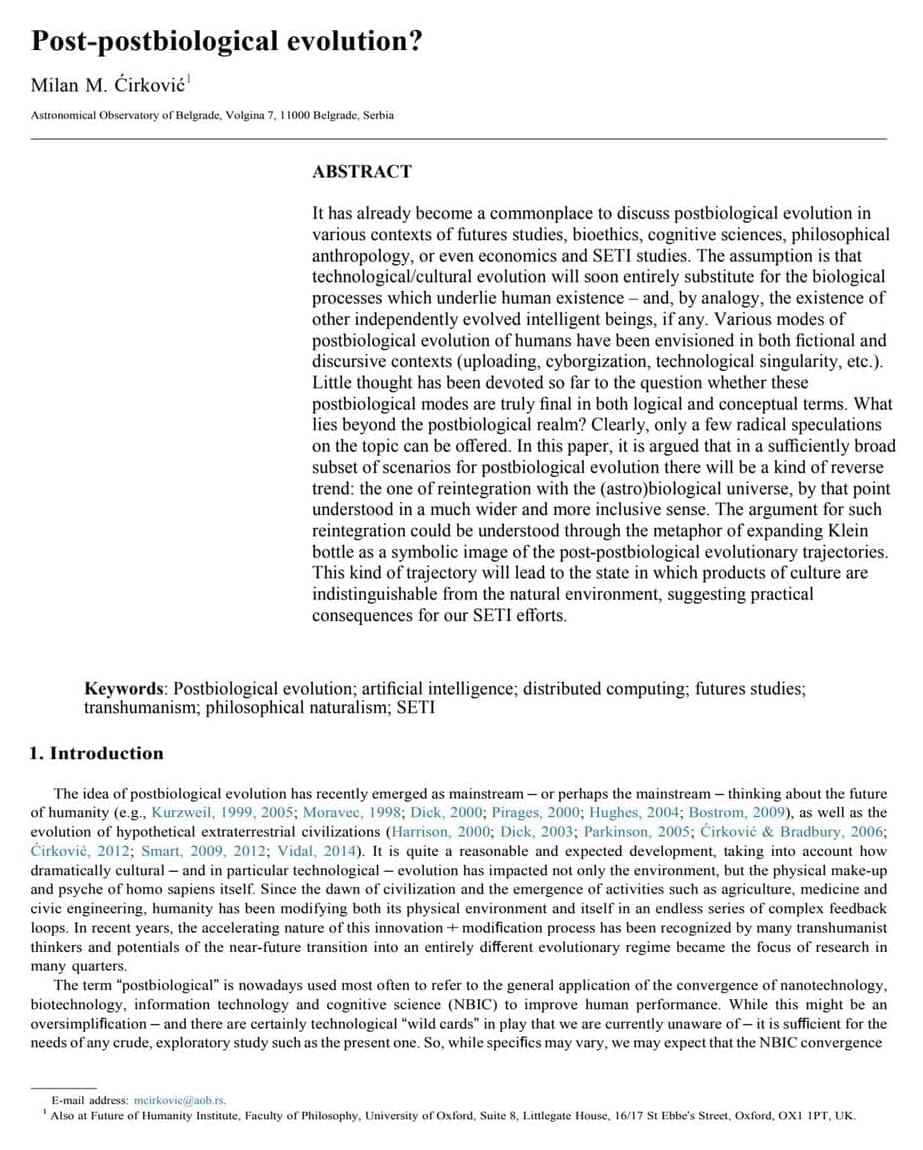Feb 29, 2024
Scientists reveal how first cells could have formed on Earth
Posted by Dan Breeden in categories: chemistry, evolution
Roughly 4 billion years ago, Earth was developing conditions suitable for life. Origin-of-life scientists often wonder if the type of chemistry found on the early Earth was similar to what life requires today. They know that spherical collections of fats, called protocells, were the precursor to cells during this emergence of life. But how did simple protocells first arise and diversify to eventually lead to life on Earth?
Now, Scripps Research scientists have discovered one plausible pathway for how protocells may have first formed and chemically progressed to allow for a diversity of functions.
The findings, published online on February 29, 2024, in the journal Chem, suggest that a chemical process called phosphorylation (where phosphate groups are added to the molecule) may have occurred earlier than previously expected. This would lead to more structurally complex, double chained protocells capable of harboring chemical reactions and dividing with a diverse range of functionalities. By revealing how protocells formed, scientists can better understand how early evolution could have taken place.
